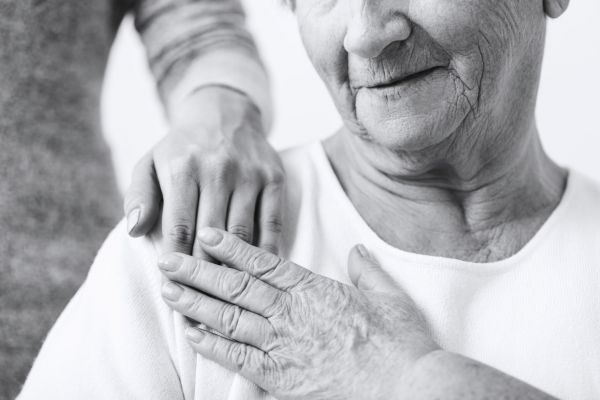Physical Activities That Can Help with Heart Disease
iSavta | 24.05.2021

Physical activities have long been known to be beneficial for almost all diseases. This means that just because your patient has a weak heart, had a heart attack, or other forms of heart disease doesn’t necessarily mean that you should let them sit around without doing anything.
The truth is that with the regular proper exercise of more than 150 minutes per week, you may be able to speed up your patient’s recovery, improve their heart function or even get them off some of their current medications.
The cardiovascular benefits of physicals activities include but are not limited to the following;
- Physical activities strengthen the cardiovascular system and the heart.
- Physical activities improve blood circulation and help with the body’s better use of oxygen.
- Physical activities improve cholesterol.
- Physical activities lower blood pressure.
- Physical activities improve symptoms of heart failure.
It is never too late to increase a patient’s level of physical activity or begin an exercise program. However, before you get started, make sure you get their doctor’s approval together with some guidelines on how to go about these activities.
General Tips and Limitations for Physical Activities for Heart Disease Patients
- Avoid excessive isometric exercises like sit-ups and pushups. These isometric exercises tend to involve straining muscles against each other or immovable objects.
- Never exercise outdoors if it is too hot, humid, or cold without checking first with your doctor. High humidity might cause your patient to tire faster. These extreme levels of temperatures may also interfere with blood circulation, cause chest pains, and make it harder to breathe. Better options are indoor physical activities such as using the treadmill or mall walking.
- Make sure that your patient stays properly hydrated within reason. Your patient must drink water way before they feel thirsty particularly during hotter days. However, see to it that they don’t drink too much water and always check with their doctor first.
- If your patient’s exercise program was interrupted for several days whether it is because of bad weather or illness, see to it that you help them ease back to their routine. Begin with a lower level of activity then increase it little by little until your patient back to where they started.
Important Tips during Physical Activities
There are several precautions you need to remember when planning an exercise program for your patient:
- Stop the exercise when your patient because short of breath or overly fatigued. Talk about the symptoms with the doctor of your patient or you can also schedule an appointment for an evaluation.
- Don’t let your patient exercise if they were ill very recently or don’t feel well. You need to wait for several days after all the symptoms disappear before you restart their exercise program. When unsure, again, check first with the doctor.
- Call the doctor if your patient has persistent shortness of breath and let them rest. The doctor might make changes in medications, fluid, or diet restrictions.
- Halt the activity once your patient develops an irregular or rapid heartbeat or has heart palpitations. Check the patient’s pulse after letting them rest for 15 minutes. Call the doctor if it is more than 120 beats per minute even when at rest.












